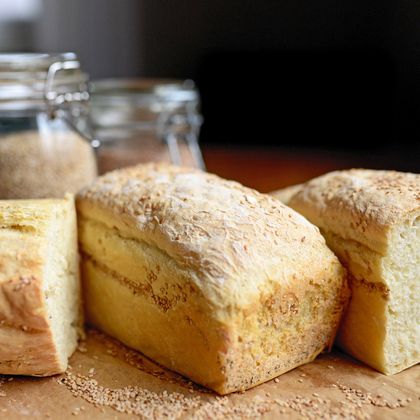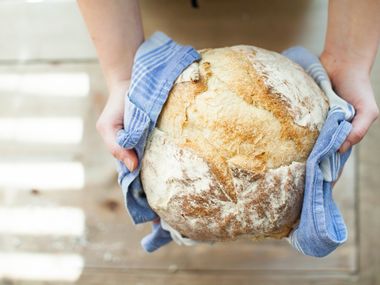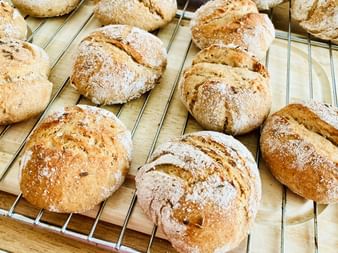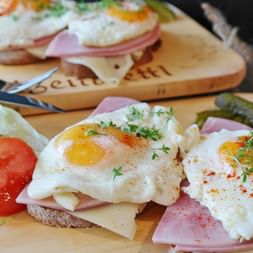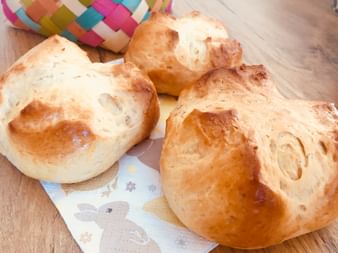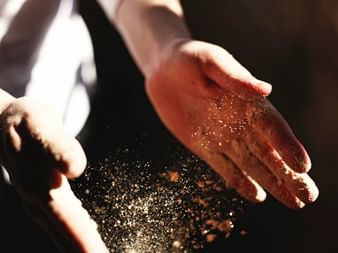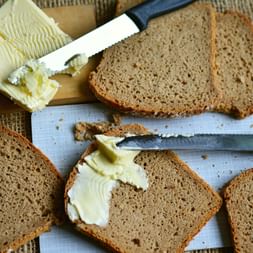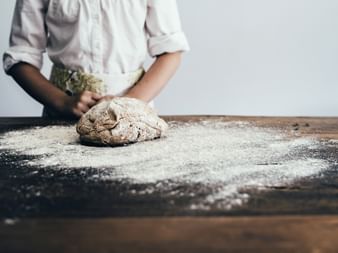A successful hike not only requires an excellent selection of routes adapted to a particular energy level – the right diet before, during and after the hike is an important component for our well-being and health. In our latitudes, bread is one of the most important staple foods and, especially in recent years, the traditional craft of baking bread has picked up speed. More and more people are interested in baking bread themselves and that doesn’t surprise us, because what could be better than wonderful homemade bread topped with fresh regional ingredients? The ideal and varied meal for the whole family, whether at home, for the office or during a hike.
What should you think about when baking bread, why you don’t have to be afraid of baking home-made bread, and which nutritious, home-made bread is ideal for a hike? Read more about the most popular food in the world and the bread baking experience.

